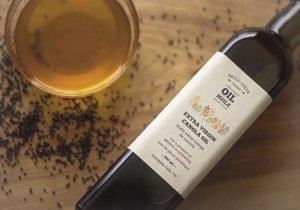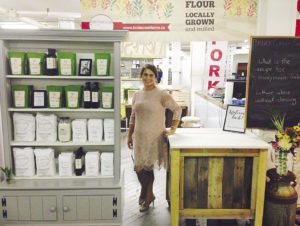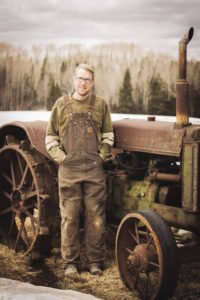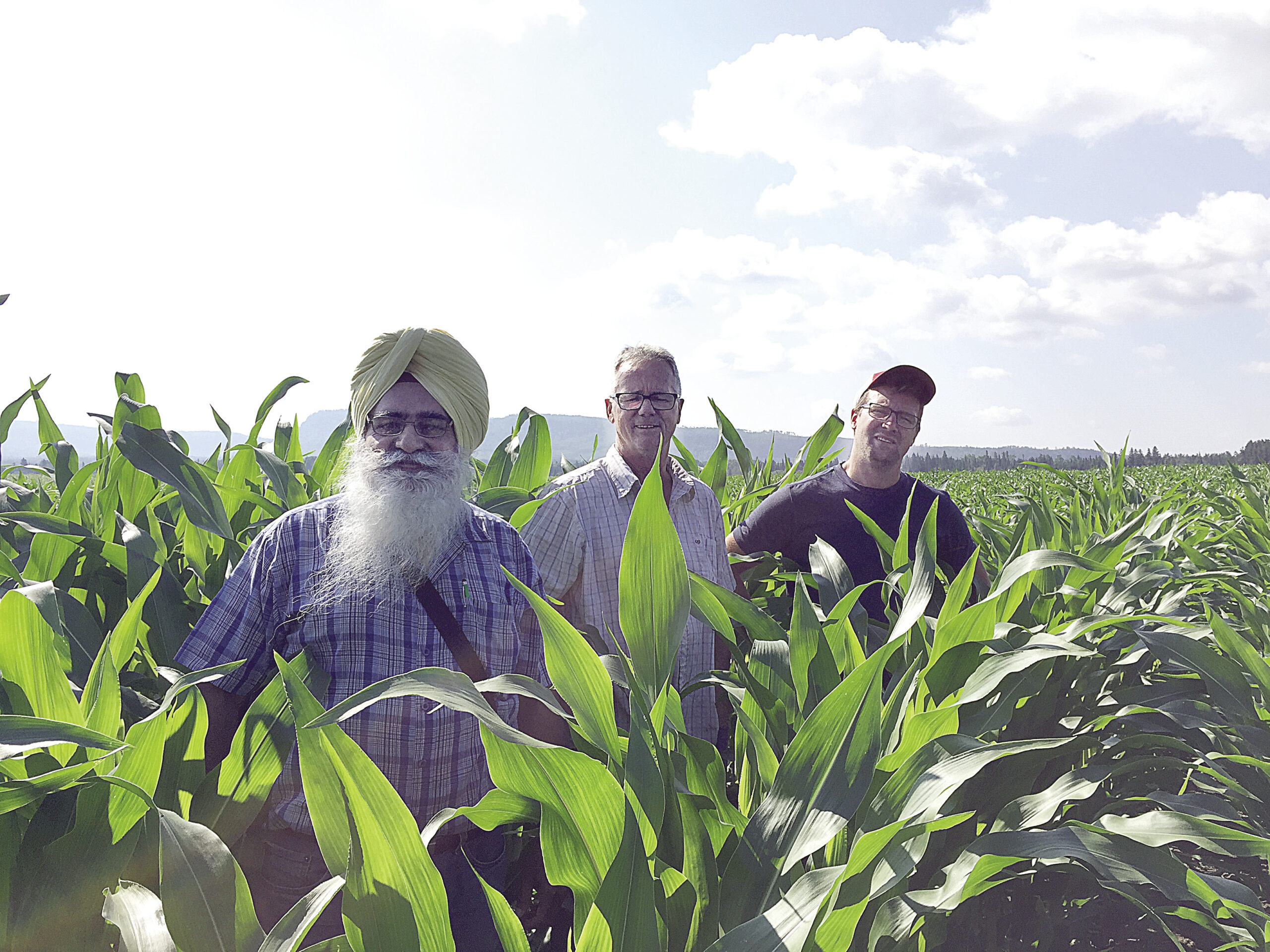If you’re passing through Thunder Bay, you may not expect to find fields of corn, soy, rye and barley along the highway southwest of the city.
In a region with a reputation for ruggedness—its classic Canadian scenery of rocks, water and trees—farmland in northwestern Ontario might appear a little out of place.
In fact, there are more than 49,000 acres of farmland in the Thunder Bay District, much of which is located in the fertile Slate River Valley that has rich deposits of silty clay-loam soil.
According to Dr. Tarlok Singh Sahota, director of research and business at the Thunder Bay Agricultural Research Station (TBARS), that number will grow. He says the north presents a “huge opportunity” for agriculture expansion at a time when room in southern Ontario has all but run out.
“The only chance of expansion is in northern Ontario,” Sahota tells me during a phone interview.

Historically, the majority of farmland around Thunder Bay has been devoted to growing hay crops like grasses and oats until the area was improved with tile drainage infrastructure in the 1970s. Better drainage allowed farmers to grow alfalfa, and decades later, soybeans. Today, corn is a regular crop in the fields, and canola was introduced about four years ago.
With the help of the station, a non-profit corporation that assists farmers with crop diversification and the development of growing techniques in the north, new cash crops have been introduced since the station was founded in 1991.
A lot of the crops we see in Thunder Bay are grown for feed, often by dairy farmers who grow grains for their cattle. But through smaller-scale test plots, farmers continue to try new crops for more profitable means. In the last decade or so, they’ve been able to pick up spring wheat, winter rye, barley, flax and galega, a perennial forage legume that’s been tested at TBARS for seven years.
That’s not to say farming in the north is without its challenges. Crops like corn need heat and can be finicky about moisture; with this season’s wet spring and cool temperatures, it hasn’t grown well.
But Sahota remains optimistic.

“Every year there are some new additions. Our farmers are very enterprising.”
On that note, I caught up with Andrea Burke of Brule Creek Farms next to her vending table at the Thunder Bay Country Market one Saturday morning. Her husband, Jeff, was back at home harvesting their 135 acre farm in Conmee Township where they grow wheat, rye, buckwheat and canola. There, they run a flour mill using a mix of heritage methods and modern technology.
“Our mills are two pink granite stones. After the seed is cleaned it goes through one set of smaller mills just to crack the grain, and it goes through a second mill to pulverize it into flour. Then we use a sifting machine to sift it. So that way, all of the bran and oil is intact, and it’s all being ground together versus separating the bran and the oil from the endosperm, the white part, and then mixing it back together later,” said Burke.
Burke explained that most whole grain flour on the market isn’t truly whole grain—producers are only obligated to put a certain percentage of bran back into the flour, resulting in a less nutritious product than what consumers might expect.

“The heritage process is important to us because we’re trying to make a product as simply as possible, as close to what it’s like in the field with a minimal amount of production,” said Burke, adding that their flour contains no bleach or additives.
“That’s a big part of our flour. It’s important to us that the grain itself is wholesome, that it’s nutritious…We have quite a few customers who buy our flour who can’t eat other flour. And they thought they may have been gluten intolerant but perhaps it’s something else.”
She stood next to a shelf of products that come out of their farm. Pouches of wheat flour and a line of baking mixes including pancake, pizza, bread, cookies and scones. A few years ago they started growing non-genetically modified canola as a rotation crop. It did so well that they now produce cold-pressed canola oil.
“It’s not as efficient of a way to process oil, but we think it gives it a deeper flavour,” says Burke, contending that their business values nutritional quality above large-scale production and the compromises that can come with it. “Otherwise, what’s the point?”




